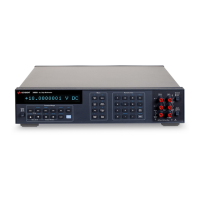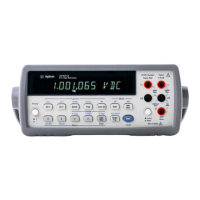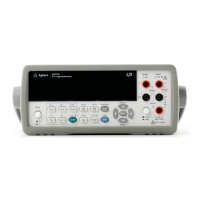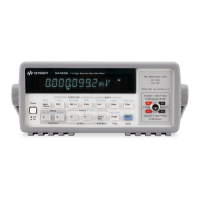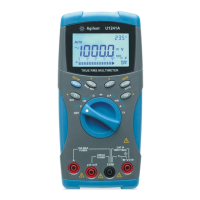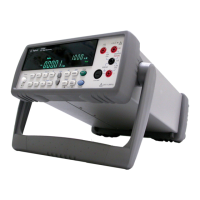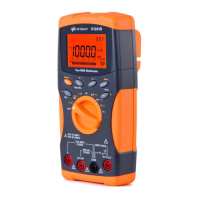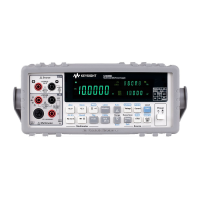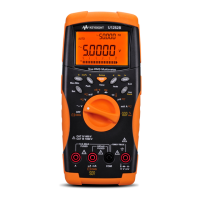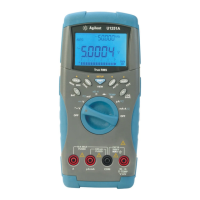102 34410A/11A/L4411A User’s Guide
4 Measurement Tutorial
Noise Rejection
Rejecting Power–Line Noise Voltages
A desirable characteristic of integrating analog–to–digital (A/D) converters is
their ability to reject power–line related noise present with dc input signals.
This is called normal mode noise rejection, or NMR. The multimeter achieves
NMR by measuring the average dc input by "integrating" it over a fixed period.
If you set the integration time to a whole number of power line cycles (PLCs),
these errors (and their harmonics) will average out to approximately zero.
The multimeter provides four integration selections (1, 2, 10 and 100 PLCs)
that achieve NMR. The multimeter measures the power–line frequency (50 Hz
or 60 Hz), and then determines the corresponding integration time. For a
complete listing of NMR, approximate added rms noise, reading rate, and
resolution for each integration setting, see the Performance vs. Integration Time
table on page 126.
You can also program specific apertures, using the INTEGRATION settings, to
reject undesired signal frequency components.
Common Mode Rejection (CMR)
Ideally, a multimeter is completely isolated from earth–referenced circuits.
However, there is finite resistance between the multimeter's input LO terminal
and earth ground, as shown below. This can cause errors when measuring low
voltages which are floating relative to earth ground.
UG_ED5.book Page 102 Thursday, March 1, 2012 11:28 AM
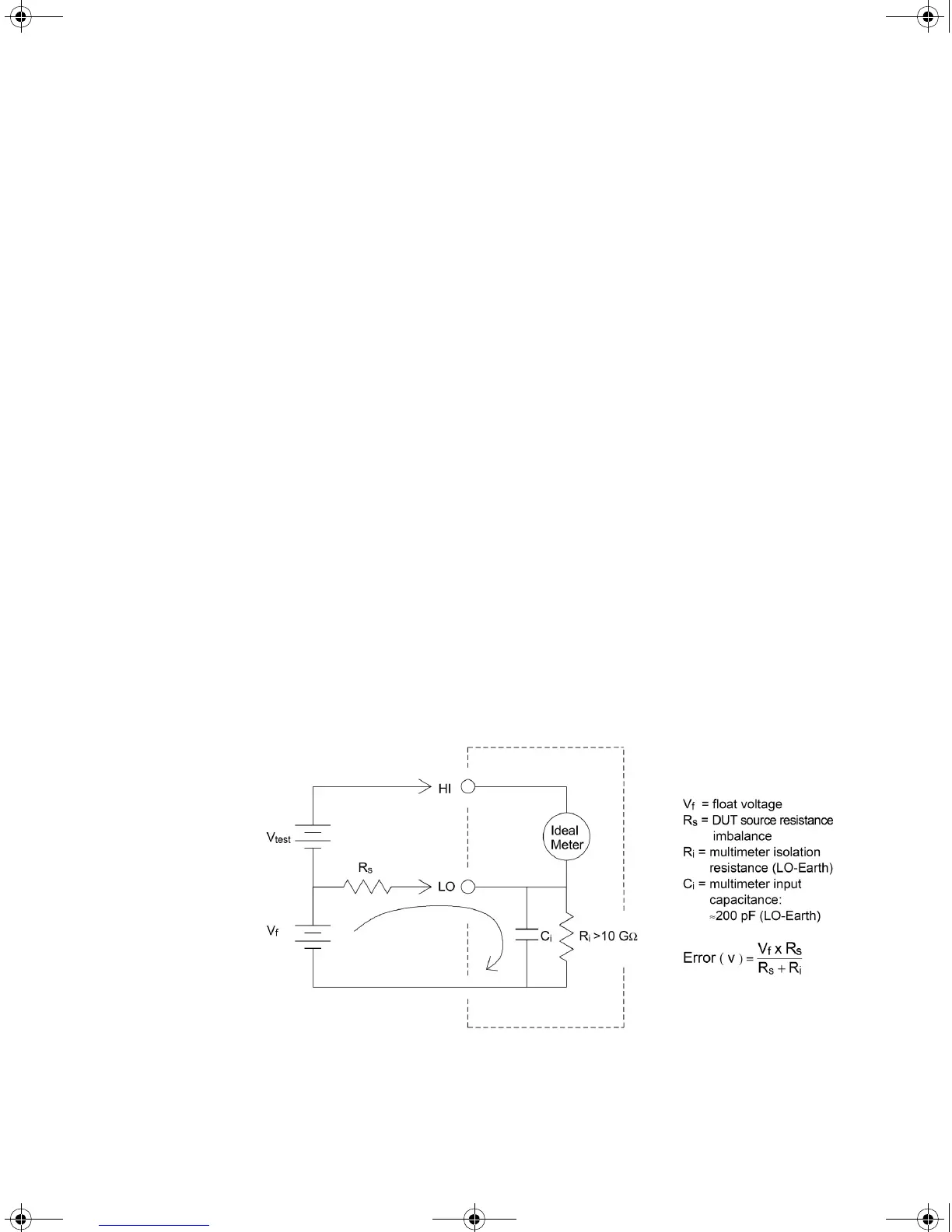